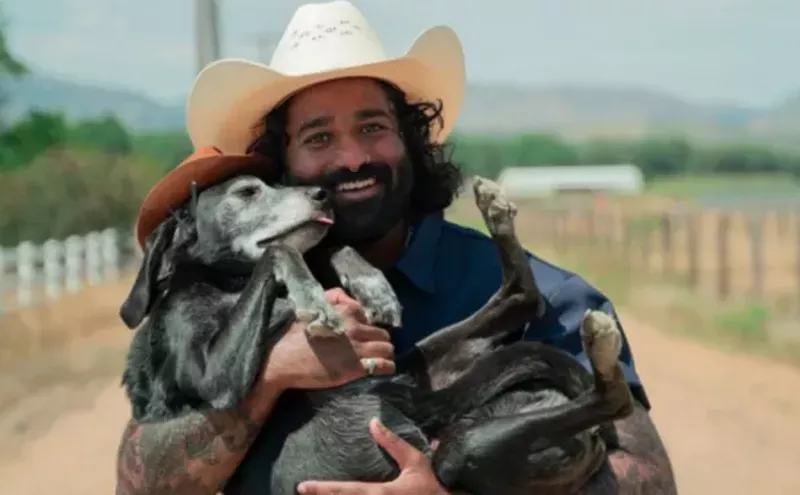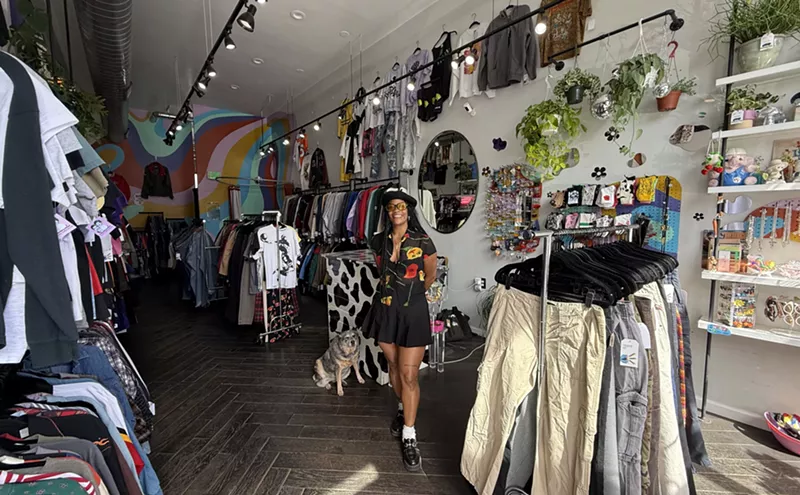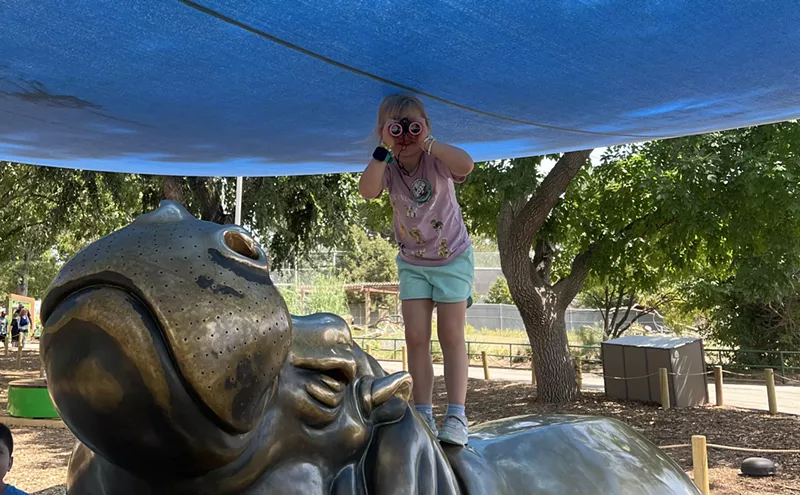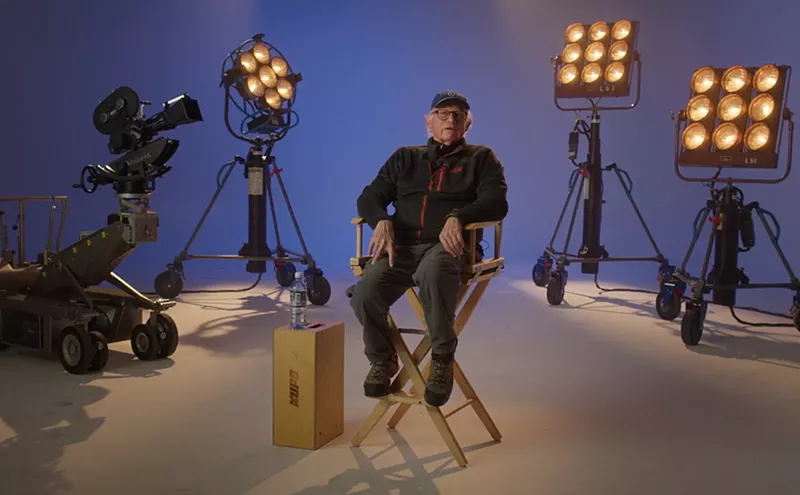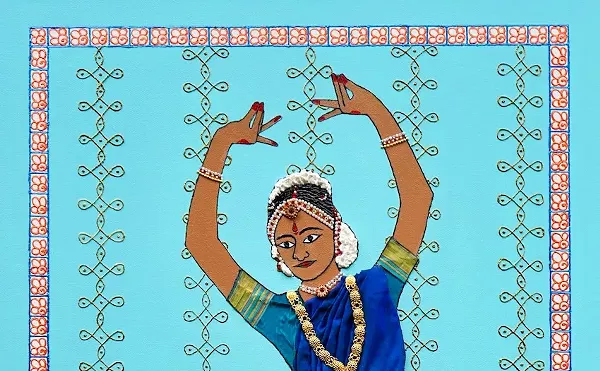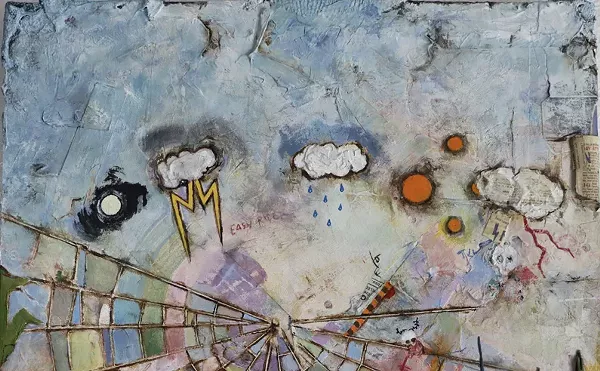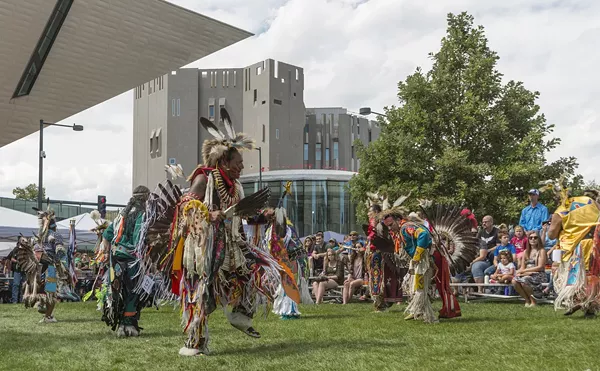"To do a bio piece on this person is to primarily show his principled, aristocratic nature toward his work," says Covington. And in Still's life, art and life bled together. "In Still's case, more than any [other artist], he would have said, 'What's the difference?'"
Here are five facts about Still from the play:
1. Still, Mark Rothko, Jackson Pollock and Barnett Newman called themselves the four horsemen of the apocalypse. And they had that much confidence, too. At one point, they went into art dealer Betty Parsons's office and told her to drop all of her other artists. "Which of course she didn't do, but she must have gotten such a kick out of these guys and their bravado," Covington says. They knew they were on to something big: abstract expressionism.
2. Still wrote a lot of letters. Many scenes in "Daring the Light" quote directly from Still's letters, but those letters made news -- and not just extrapolated on events -- too. In 1950, Still co-wrote an open letter to the Metropolitan Museum of Art in New York. Calling themselves the Irascibles, a group of abstract artists announced that they wouldn't participate in a show at the Met because the museum had "no love or understanding of modern art," as Covington describes. "It was this great political act. My guess is that people did start to wake up and appreciate it."
3. Still was on the forefront of the paintings-without-titles-movement. In 1950, Still wrote to Parsons telling her that he wanted his works to be shown without titles. "They wanted to remove any subjective element of how people view the work," Covington says. "Their idea was to challenge you to get into the painting with them." So next time you stare at a piece titled something along the lines of "Untitled (blue, red and maroon with sparkles)," you'll know who to blame.
4. For Still, art came first. He once told one of his children, "Hey, I love you, but the painting comes first," according to Covington.
5. Upon his death in 1980, Still left more than 2,400 pieces of work. Only 150 had ever been seen publicly, because Still stopped regularly showing in galleries beginning in 1951. Those works are what makes up most of the Clyfford Still Museum's collection, which has 94 percent of his life's work.



